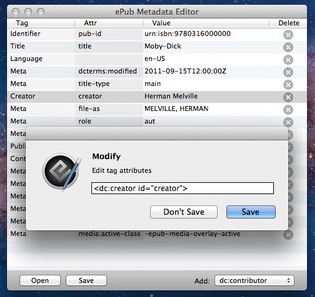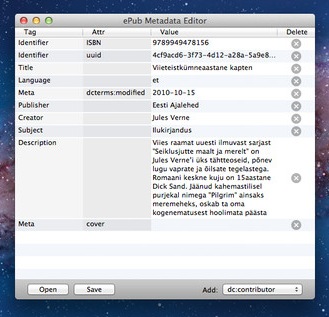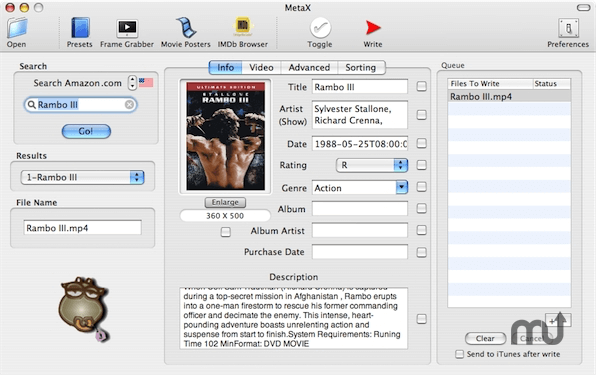

Whilst not really that important when travelling, it can lead to your home address, school or place of work being divulged. This data includes geolocation tags which can reveal the exact location the photo was taken.

Metadata is also known as EXIF (EXchangeable Image Format) and can also include some useful information which if it gets into the wrong hands can cause serious privacy issues. This type of information is mostly harmless. Applications such as Lightroom and Photoshop can use this information to apply corrections, such as chromatic aberration and lens distortion. Metadata can be useful, it records settings such as the camera, lens, shutter speed, aperture, dates and times. This guide will show you how to edit and strip all information from photos.

These not only increase file size, but they also cause privacy issues when sharing photos online. This is extra information stored within the image which contains information such as the device, author, date, geolocation and other important details. This makes subsequent searches through image archives easier and simplifies the task of sifting through and structuring image sources and holding a photo competition.Every photo you take with a smartphone, digital camera or tablet includes metadata. The IPTC standard is compatible with files saved in the JPEG, TIFF, and PNG image formats and offers the benefit of allowing detailed, content-related information to be sent along with a media file. The international standard was meant to simplify the exchange of image files between news agencies, photojournalists, and editors. The full name of the standard is IPTC-IIM, and it was introduced in 1991 by the International Press Telecommunications Council (IPTC) as an Information Interchange Model (IIM). IPTC data, however, has to be entered into the metadata by the user afterwards. EXIF data is generated automatically when creating JPEG image files. There are two competing standards for creating, displaying, and editing metadata in image files: EXIF metadata which conveys technical characteristics such as camera model, shutter speed, and resolution, and IPTC data, which contains content-related information such as location details, copyright notices, and contact details.


 0 kommentar(er)
0 kommentar(er)
